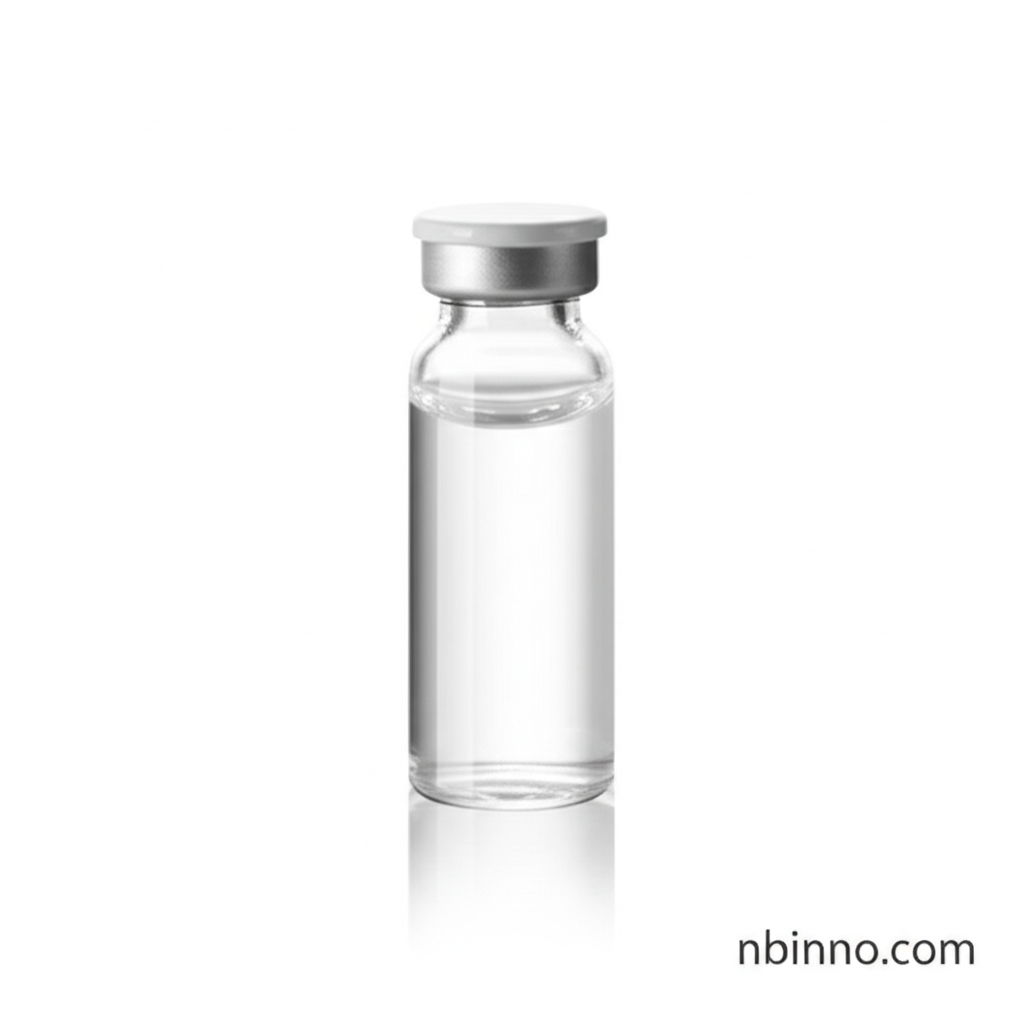1,3-Bis(trifluoromethyl)benzene: A Versatile Intermediate for Pharmaceuticals, Materials Science, and Organic Synthesis
Unlock innovation with this key fluorinated aromatic compound, essential for cutting-edge chemical development.
Get a Quote & SampleProduct Core Value

1,3-Bis(trifluoromethyl)benzene
1,3-Bis(trifluoromethyl)benzene (CAS: 402-31-3) stands as a pivotal fluorinated aromatic compound, crucial for advancements in organic synthesis, drug discovery, and materials science. Its inherent stability and unique reactivity make it an indispensable component for creating novel compounds and high-performance materials.
- Explore its role as a critical 1,3-bis(trifluoromethyl)benzene pharmaceutical intermediate, enabling the synthesis of advanced drug candidates.
- Discover its application in the synthesis of fluorinated aromatic compounds, pushing the boundaries of chemical innovation.
- Leverage this compound as a key building block for polymers, contributing to enhanced material properties in various industries.
- Utilize it as a versatile organic synthesis reagent for a wide array of chemical transformations and research projects.
Key Advantages Offered
Enhanced Stability
The presence of trifluoromethyl groups imparts exceptional thermal and chemical stability, ensuring reliability in demanding applications and synthesis processes.
Versatile Reactivity
Its structure allows for precise chemical modifications, making it a highly adaptable intermediate for creating diverse organic compounds, supporting your drug discovery building block needs.
Broad Industrial Impact
From pharmaceuticals to cutting-edge materials science applications, this compound is instrumental in driving progress across multiple high-tech sectors.
Key Applications
Pharmaceutical Synthesis
Serves as a vital building block for synthesizing novel drug candidates, contributing significantly to drug discovery efforts.
Materials Science
Used in the development of advanced polymers and specialty materials, enhancing properties like thermal resistance and chemical inertness.
Agrochemicals
Its fluorinated structure can improve lipophilicity and efficacy in agrochemical formulations.
Specialty Chemicals
Acts as a key reagent and intermediate in the synthesis of a wide range of fine and specialty chemicals for research and industrial use.
